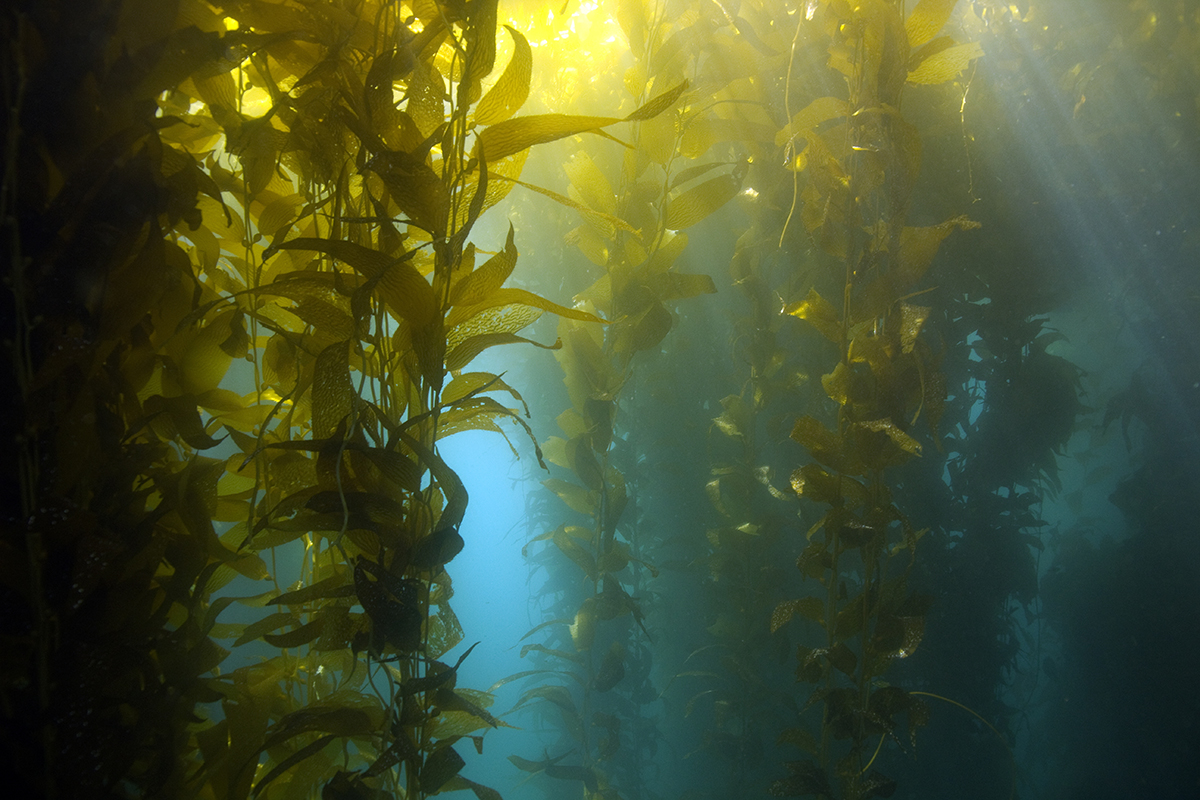 Jun
12
2016
Jun
12
2016
The future of food – deep sea farming
In the event we might have to live underwater in the distant future – something that might happen, it seems we won’t have to worry about food supplies. While this might seem all futuristic and impossible, 100m off the coast of Noli in north-west Italy, a cluster of balloon shaped pods anchored to the seabed contains produces such as basil, strawberries cabbage, lettuce and beans.

Thanks to the Ocean Reef Group, this Genova-based scuba diving company is using its knowledge and technology to discover new ways of producing food. This project, aptly named Nemo’s Garden started in 2012 and currently has seven pods with 8 – 10 trays or 22 plant pods. With constant upgrading and innovation, issues like rot and flooding are being addressed. Now, they are looking to increase the scale and commercialising their operations. The company has acquired a patent for the pod structure and possess a government permit for five months. They are now seeking to fund through a crowdfunding campaign.
How the pod works
Inside the pods, fresh water is created through desalination, much like hydroponics. Seawater housed within the pod structure evaporates and forms condensation on the roof of the pod which then drips back down as fresh water for the plants.
The video explains the project:
What makes them different from underground hydroponic systems and greenhouses is the reliance on heating and cooling systems as well as temperature regulating lights. The pods are submerged in seawater, which offers a stable temperature and a shelter away from the harsh weather conditions on land. The plants get sunlight directly from the sun through the red spectrum which can penetrate to as deep as 15m. Hence, pods are submerged 5 to 8 metres below the surface.
Jon Old, co-founder of The Wasabi Company, sees the Nemo Project as a viable place to farm this horseradish-like vegetable. It is one of the most intensive crops to grow as it needs lots of watering and is susceptible to high temperatures and direct sunlight. As the underwater pods protect against pests, disease and climate change on land, it is ideal for farming this vegetable.
Implications for the future
As these are located a few metres below the sea, experienced divers need to maintain and operate the pods. This is an important point as noted by Luca Gamberini; whose family has been running the Ocean Reef Group for decades. However, he holds the idea of underwater farming in high regard and that it can be more than a fancy idea.

Nemo’s Garden is far from commercial level, but they aim to observe the viability of this project regarding planting more varieties of crops. Tests have suggested that crops grown underwater mature faster than their land counterparts.
While business and organisations have expressed interest in this concept, the Ocean Reef Group is still against selling it. Gamberini firmly believes this food system could help benefit many players such as small producers to NGOs positioned in developing countries.
To him, meeting the future demand for food is the objective. It can be a very sustainable way of agriculture with global reach. Particularly for places like the Middle East or Maldives where there is not much suitable soil or fresh water.
He is not without his detractors. Rachel Kerr, a relief worker with experience in sub-Saharan Africa, is worried that such a set-up will unsettle the local food infrastructure. Many coastal communities rely on fishing for food and income. The company will have to respect local customs and be aware of the environmental impacts.
Gamberini counters that underwater farming has the capability to assist other methods of food production. Despite this, he offered a caveat about its long-term potential. In the worst case, even if “Nemo’s Garden isn’t feasible regarding size, logistics and economics, it can still contribute to eco-tourism as a scuba diving site.




